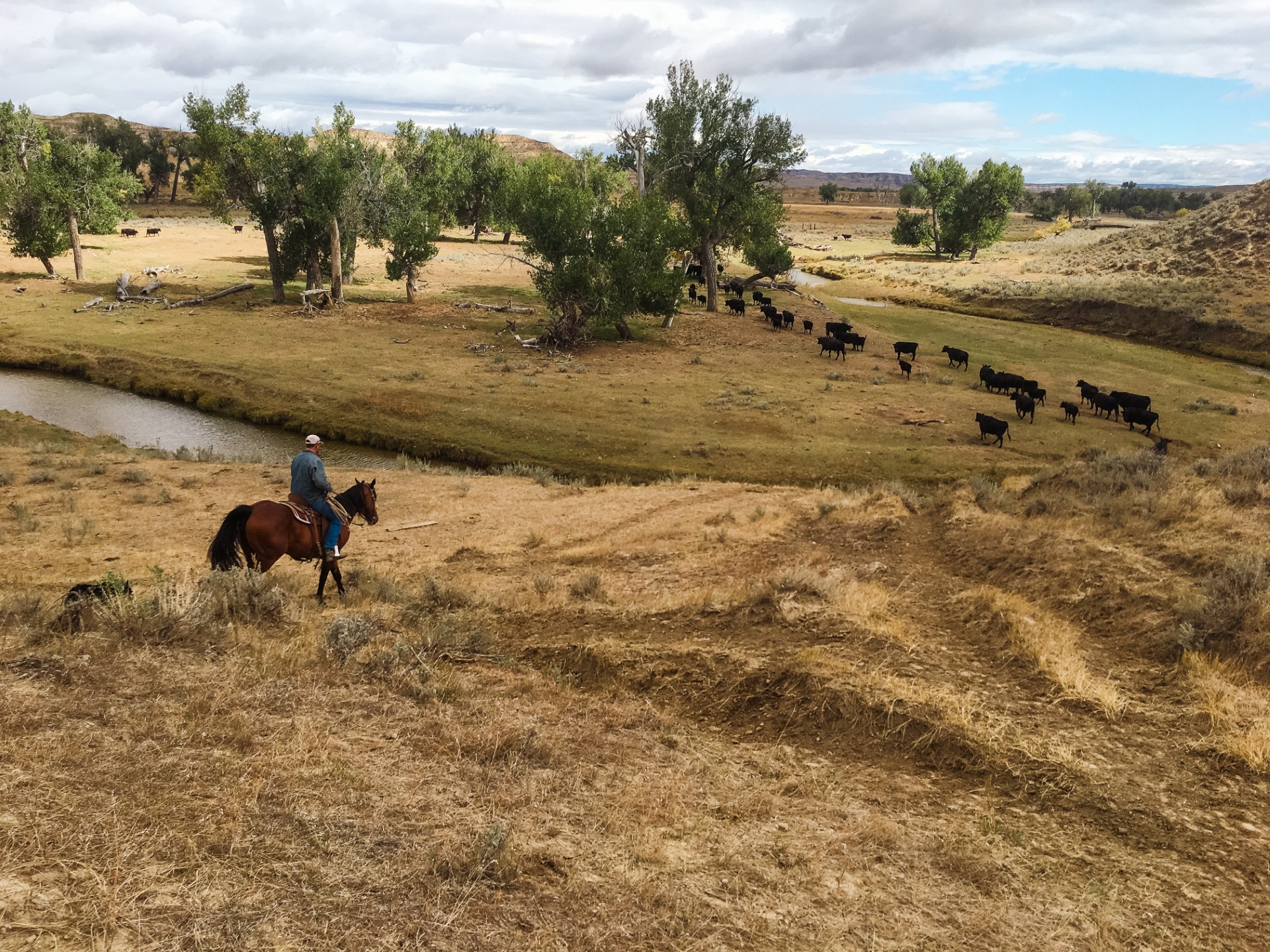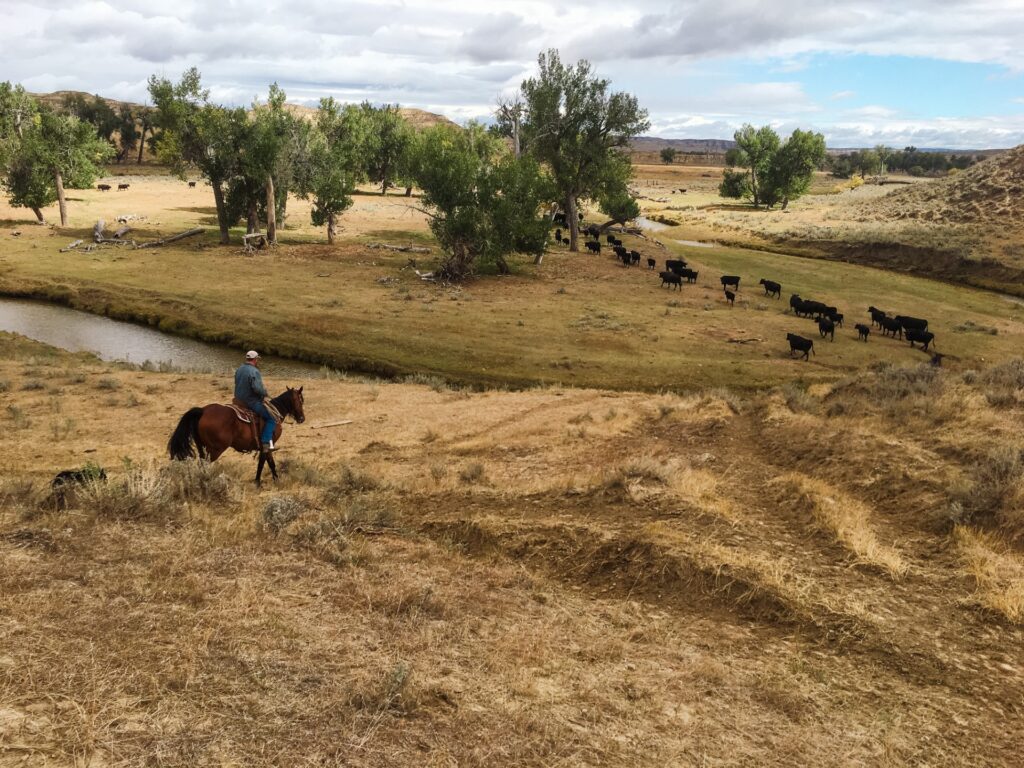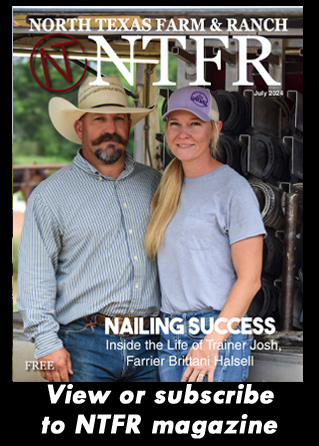Farm & Ranch
Ranching Down Under
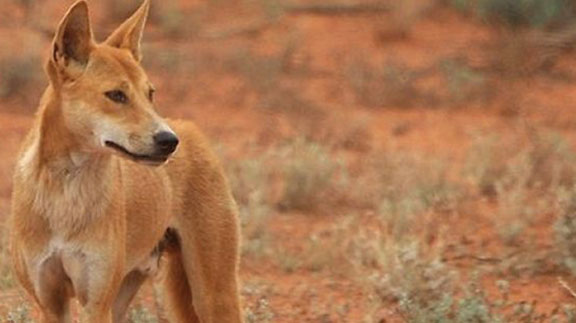
By Samantha Hall
Over the years Australia has had many different pests that have affected the rural industry in one way or another—from grasshoppers to mice to cane toads and rabbits, all of which have been able to be maintained, and in some areas eradicated. However there is one pesky problem that is a little harder to control: dingos, wild dogs, and their hybrid.
Dingos first originated in Asia 14,000 years ago and were brought to Australia by the Aboriginals 4,000 years ago. In 1788 when Europeans settled in Australia they brought with them domestic dogs, which over the years started to run free with the dingos that had long since escaped their Aboriginal masters. The dingos and the domestic dogs started to breed, and continue to do so today.
Almost all habitats in Australia are suitable for wild dogs, including bushland, coastal zones, grazing and cropping land, sandy and stony deserts, alpine regions and even urban residential areas. To read more pick up the February 2016 issue of NTFR.
Farm & Ranch
Grazing North Texas: Old World Bluestems

By: Tony Dean
In volume 1 of “Old World Bluestems”, Tony Dean addressed issues surrounding the Old World Bluestem family, including the invasive nature of these grasses. In this issue, he examines OWBs as a forage for livestock.
OWBs were intially brought to the US as foragr for livestock and for erosion control capability. Ironically, some of the characteristics that make these species invasive also cause them to be desirable grass for grazing.
One of the primary survival characteristics of OWBs is their ability to withstand heavy grazing. OWBs are genetically prone to grow upright like our native bluestems; however, with heavy grazing pressure, plants begin to take a sod growth form.
To read more, pick up a copy of the September issue of NTFR magazine. To subscribe by mail, call 940-872-5922.
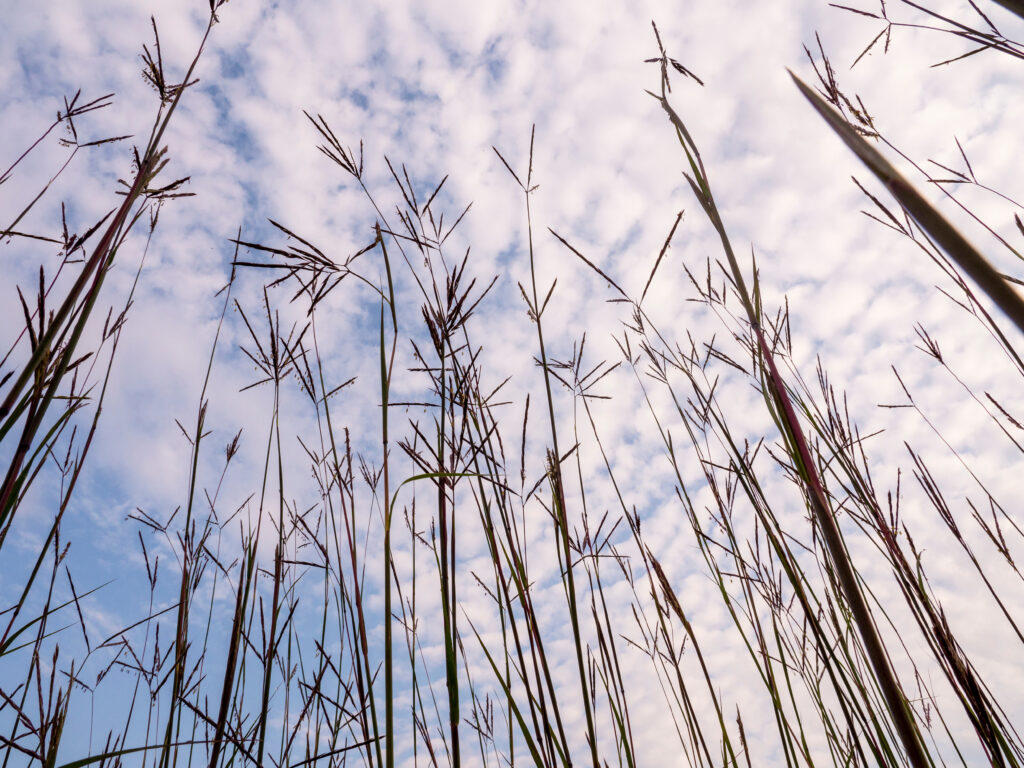
Farm & Ranch
Ag Elsewhere: Wyoming
Farm & Ranch
Ag Elsewhere Montana
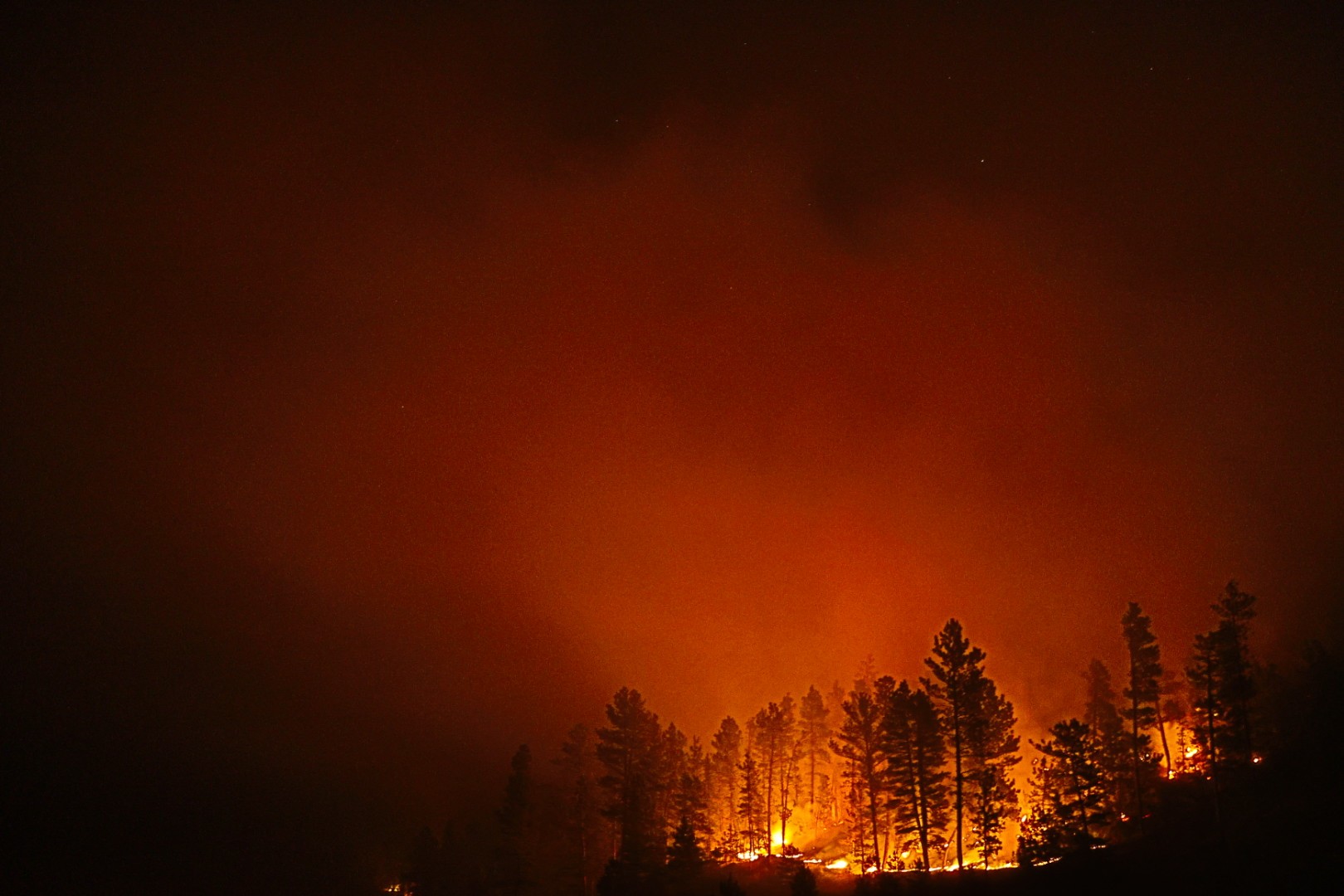
By: Lindsey Monk
The Four Mile Fire was 2,082 acres and very close to three other fires all started by lightning the same night. Together, the four fires burned a total of approximately 47,827 acres. That is a lot of feed for cattle, and ranchers were moving the cattle out of the way. They are mostly contained now, but it has been a very hot and dry summer.
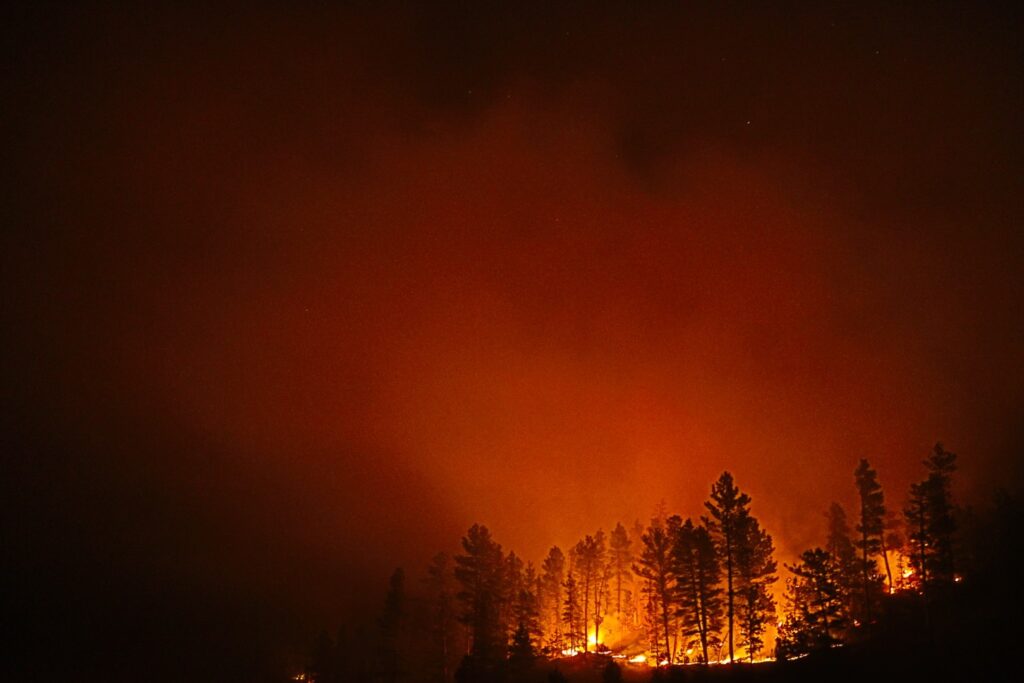
-

 Country Lifestyles2 years ago
Country Lifestyles2 years agoScott & Stacey Schumacher: A Growth Mindset
-

 Country Lifestyles8 years ago
Country Lifestyles8 years agoStyle Your Profile – What your style cowboy hat says about you and new trends in 2017
-

 HOME8 years ago
HOME8 years agoGrazing North Texas – Wilman Lovegrass
-

 Equine1 year ago
Equine1 year agoThe Will to Win
-

 Country Lifestyles5 years ago
Country Lifestyles5 years agoAmber Crawford, Breakaway Roper
-

 Outdoor9 years ago
Outdoor9 years agoButtercup or Primrose?
-

 Country Lifestyles8 years ago
Country Lifestyles8 years agoDecember 2016 Profile, Rusty Riddle – The Riddle Way
-

 Country Lifestyles8 years ago
Country Lifestyles8 years agoJune 2016 Profile – The man behind the mic: Bob Tallman

